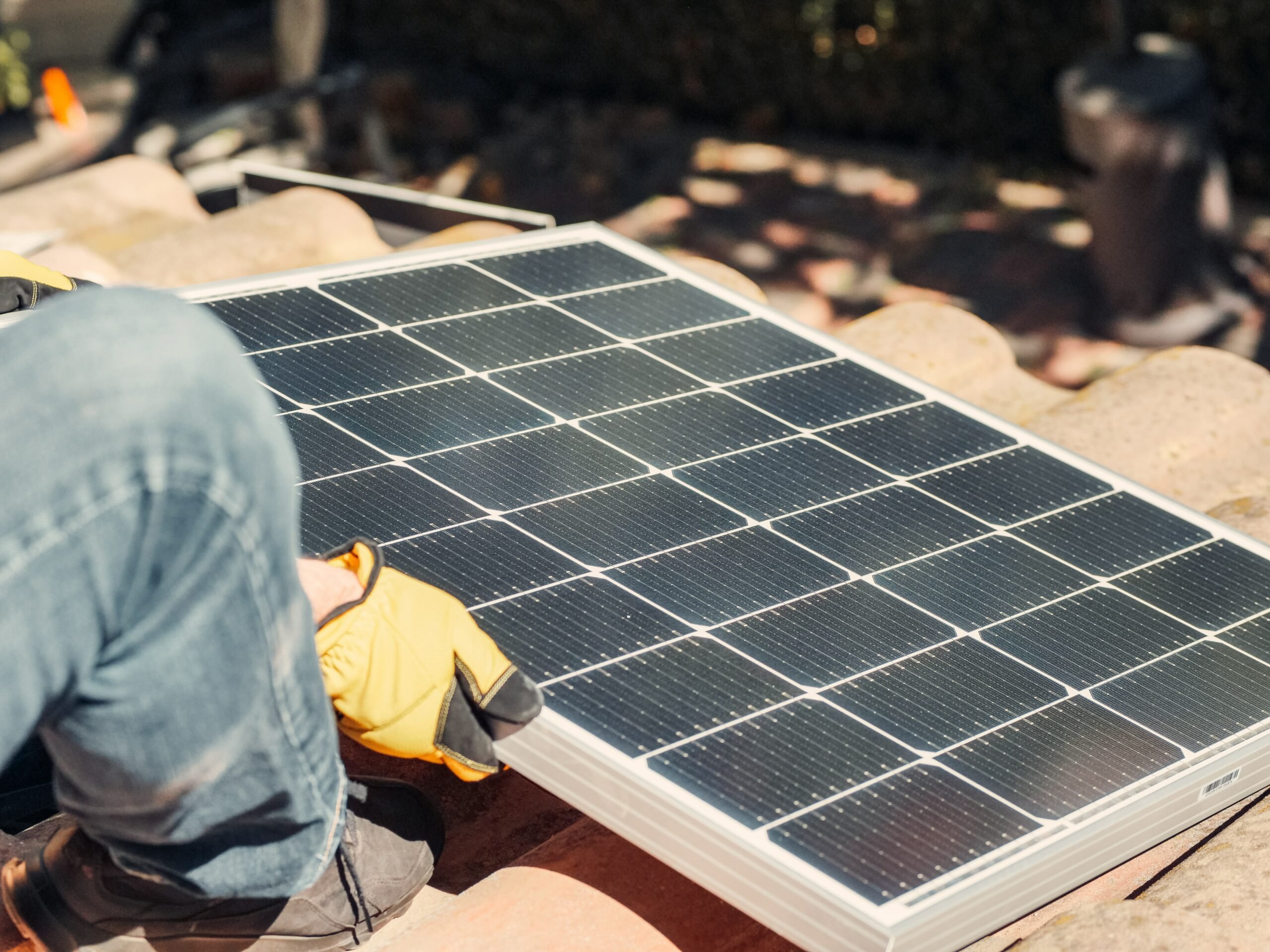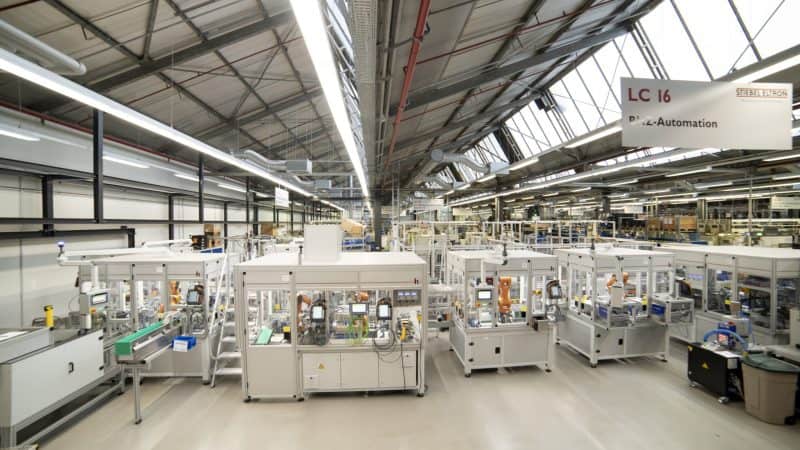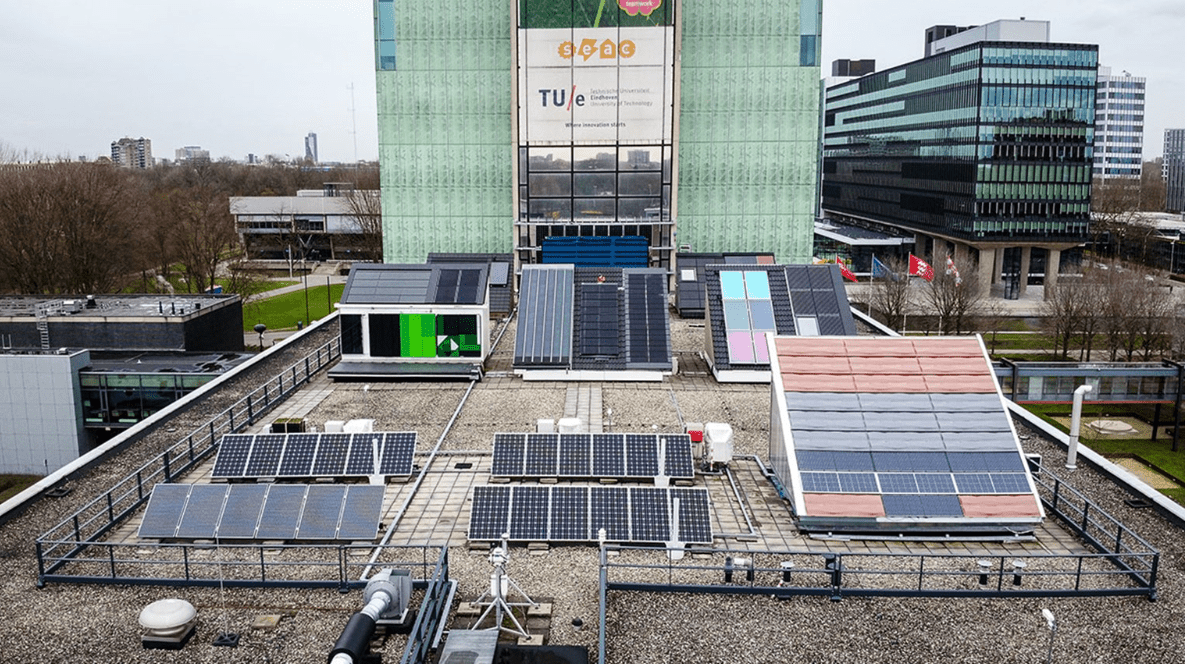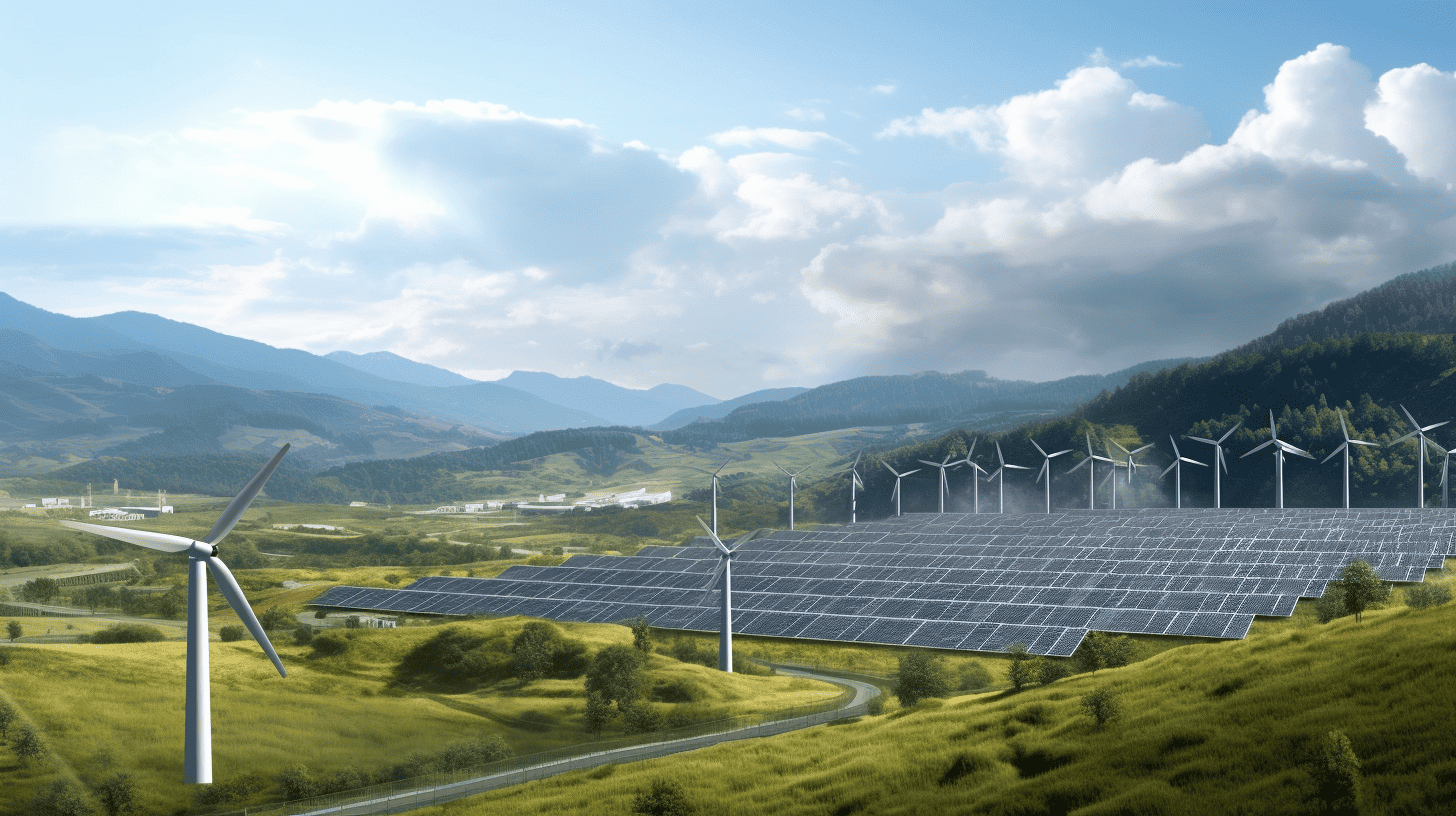
Solar energy has always been regarded as one of the best alternatives to fossil fuels. However, storing solar power – to reuse it whenever needed – still represents a problem. Scientists at the Chalmers University of Technology developed an energy system able to capture, store, and then release solar power as electricity.
The breakthrough builds upon years of research, which previously developed MOST – Molecular Solar Thermal Energy Storage Systems. After demonstrating how solar power could be extracted front the molecule as heat, they partnered with Shanghai Jiao Tong University, which developed a thermoelectric generator. The chip allowed MOST to take a step forward.
“The chip is very thin and sensitive – it can detect a very small temperature change. The generator captures the heat released from the molecules, creating electricity” told Innovation Origins Dr. Zhihang Wang. He’s part of the research team at the Chalmers University of Technology.
Chalmers’ concept had sparked a lot of interest worldwide from its early stages already. After the recent breakthrough, it represents one of the most promising technologies, with potential applications in self-charging electronics and buildings heating. The system works as an energy loop and it is emissions-free.
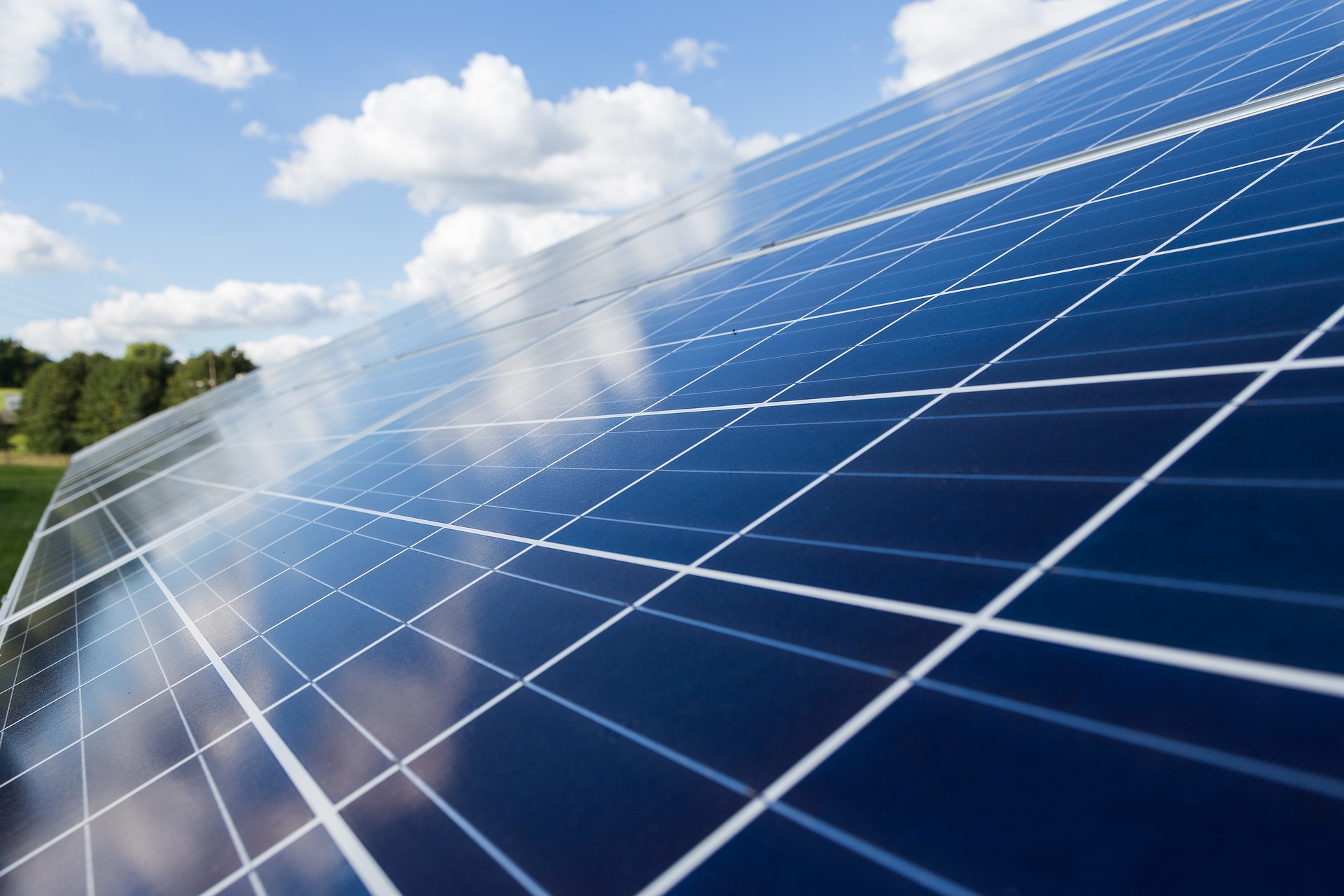
Closed and reusable energy system
MOST is a closed energy system based on a molecule that changes shape when hit by sunlight, becoming an energy-rich isomer – a compound having the same molecular formula but its atoms are rearranged in different ways. In other words, the molecule’s atoms switch to a different layout, allowing them to store power.
The isomer can be kept in liquid form. What is more, energy can be stashed for up to 18 years at room temperature. Once the energy is released, the molecule returns to its original conformation, ready to be used again.
“That’s why we say that is a closed-loop. It’s like an innovative battery, you can ideally charge and discharge over and over again” Wang adds.
Freezing the material to store it and release on-demand

The molecule comes in two forms: solid and liquid. When solid, it looks like powder. For instance, it could potentially be made as a film and applied to the windows. In the latter state, it is better to conserve the molecule at cold temperatures. “For instance, if one molecule can store energy at room temperature for one year, it would keep it for a day, if we were to increase the temperature to up to 80° or 100°.” Such a principle can be explained by the thermodynamic effects: energy discharge can be taken forward if the temperature is higher.
That’s how our system works. It can store energy in places where there isn’t a lot of sunlight all year long, such as Northern Sweden,” explains Wang. In a way, it is like freezing the material, so it can keep its features untouched. When in need of energy, the charged molecule can be triggered back on demand, at the same time releasing heat.
A solution to mitigate the energy crisis
“Solar spectrum is very broad, and our molecule can work with up to the UltraViolet – UV – and part of the visible light. We want to make sure that it works with all the sun’s radiations.”
To do that, further design is needed, to optimize the molecule and make it store more energy, thus exploiting all the sun’s potential. “We’ll keep working in this direction since the energy pricing problem is pressing nowadays. The concept is promising and we want to keep perfecting it” says Wang.
Self-warming clothes
The fact that the MOST-chip is super thin makes it possible to embed it into headphones, wearables, and phones. Furthermore, there is another application the molecules could be used for, according to Wang.
“Incorporating molecules in the clothes’ fabric is another idea. This way, you could ‘charge’ your garments during the day, and use the stored heat at night.”
Either as a film to cover our phones or as a molecule within our jacket, Chalmers’ molecules pave the way to a smarter way of using solar energy.
